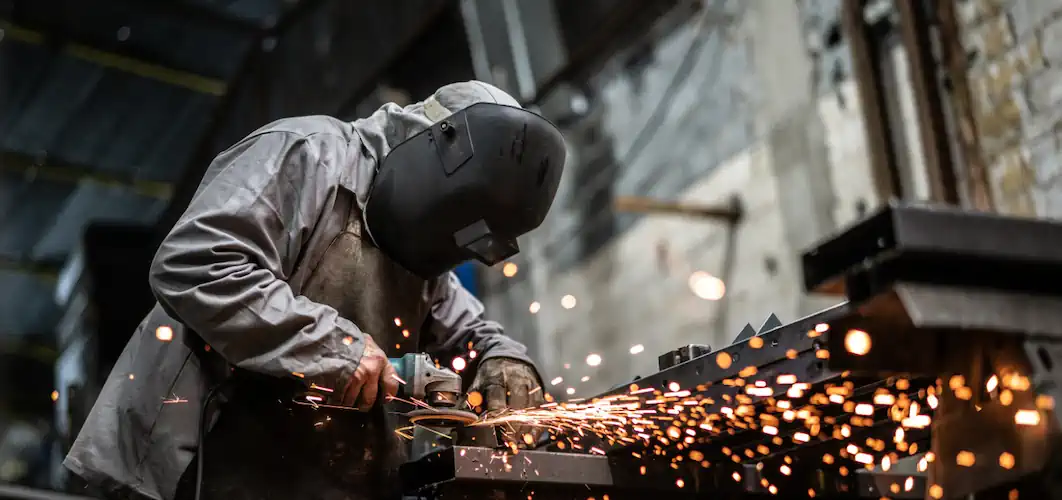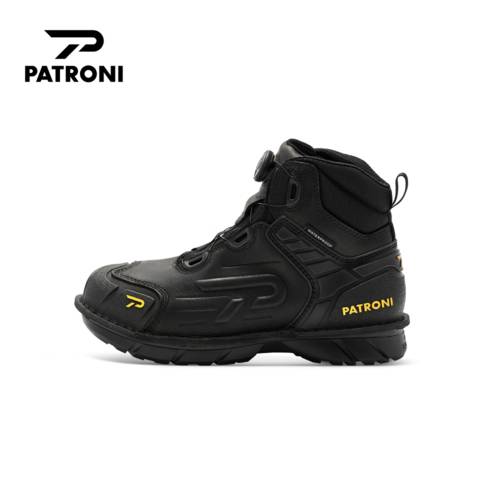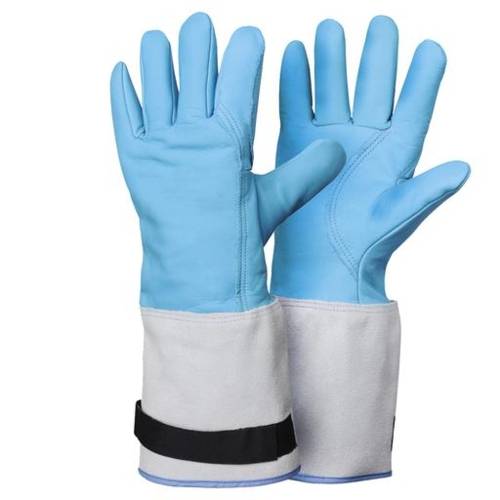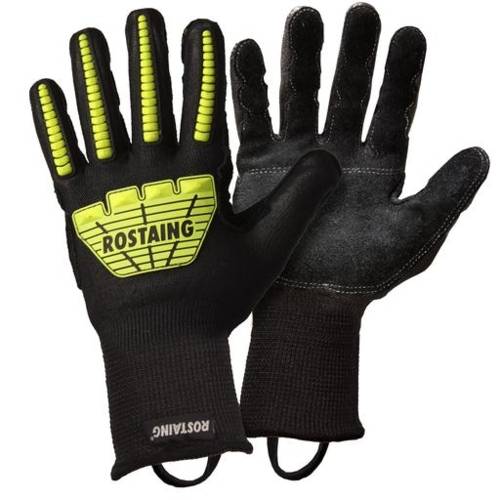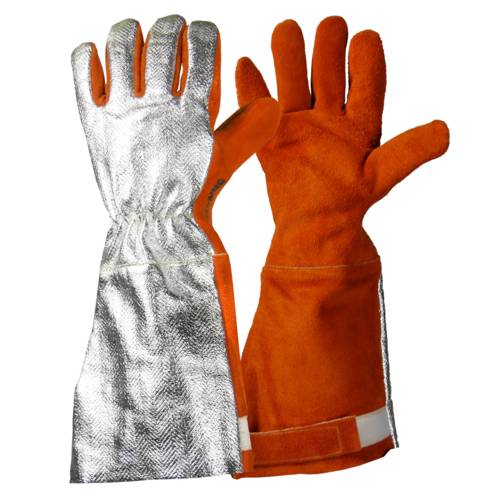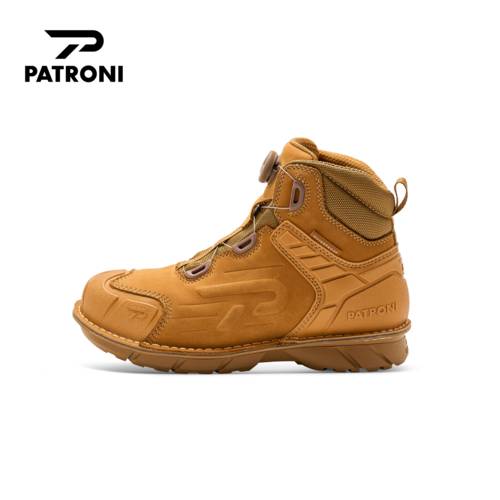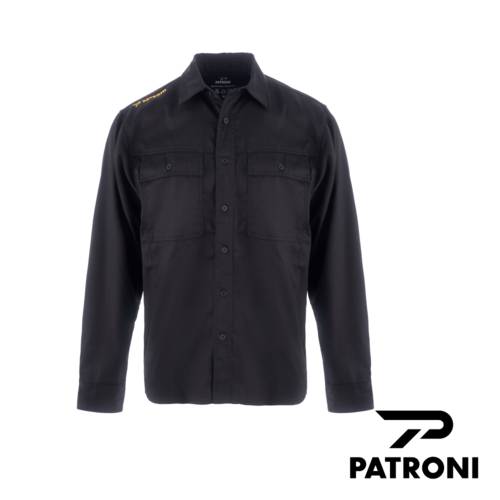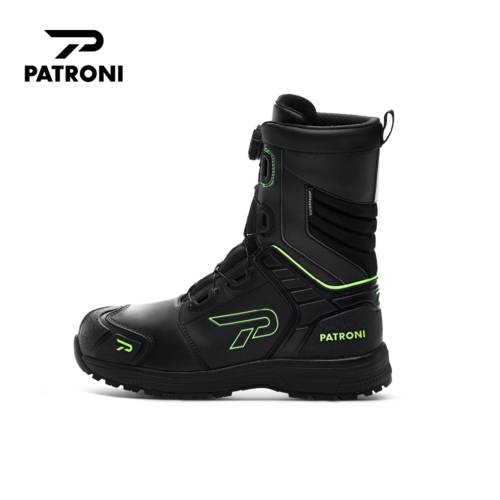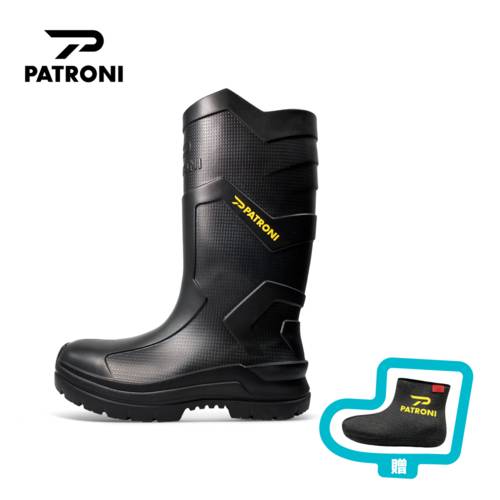PPE for Welders – A Guide to Proper Fit and Maintenance
Personal protective equipment (PPE) for welders is essential given the hazards inherent in welding, such as intense heat, sparks, and fumes. These risks generated during welding can pose as a risk to welders’ health and safety. Personal protective equipment (PPE) is essential for safeguarding welders from these hazards. However, just having the kits is insufficient; it's crucial for PPE to be properly fitted and maintained to provide effective protection. In this comprehensive guide, we explore the importance of proper fit and maintenance of personal protective equipment kits for welders to ensure their safety on the job.
Why use PPE in Welding Work?
Protective clothing for welders encompasses a range of specialized safety equipment designed to shield workers against burns, sparks, and molten metal splatter.
Some of the most important PPE (Personal Protective Equipment) for welders during operational phases is the welding jacket. Constructed primarily from flame-resistant materials such as leather or heavy-duty cotton, these jackets integrate heat-reflective clothing, facilitating the edurance of high temperatures and sparks encountered during welding processes. Providing extensive coverage of the torso, arms, and upper body, these jackets ensure comprehensive protection again potential hazards.

What are the Potential Health Effects of Exposure to Welding Hazards?
Exposure to welding hazards in the welding industry can lead to a range of potential health effects, as welders are frequently exposed to various hazards associated including toxic fumes, high-velocity particles, and intense heat.
Prolonged inhalation of toxic fumes generated during welding operations can result in respiratory issues such as bronchitis, asthma, and even lung cancer. Additionally, exposure to high-velocity particles expelled during welding can cause eye injuries, leading to conditions like corneal abrasions and cataracts if proper eye protection is not utilized.
Regular monitoring of exposure levels and proactive measures to minimize hazards are essential for preserving the health and well-being of welders in the welding industry.

What are the PPE Used by Welders?
Welding Helmet
A welding helmet or face shield is designed to shield welders from hazards encountered during welding operations. The durable, flame-resistant helmet shell serves as the primary protective barrier against flying sparks, hot slag, and intense light.
The shade lens, a critical part of the helmet, protects the welder's eyes from harmful UV radiation. The shade lens come in various shades for different welding processes and intensities.
Care & Maintance Essentials
Proper helmet fit is crucial for maximum effectiveness, ensuring comfort and minimizing exposure risks. Adjustable straps and padding customize the fit, maintaining stability and comfort during use.
Regular inspection and adjustment of the helmet ensure alignment of the auto-darkening lens for clear visibility and accurate welding. Proper maintenance of welding helmets is vital to address wear and tear. This includes inspecting for damage, cleaning the lens, and following manufacturer guidelines for optimal performance and longevity.

Safety Goggles
Safety glasses are vital in a welder's personal protective equipment, shielding the eyes against flying debris, sparks, and harmful UV radiation. Correct sizing, inspecting regularly, and proper maintainence are essential for their effectiveness in safeguarding the welder's vision and safety.
Selecting correctly sized safety glasses is paramount for a proper fit and maximum protection. Ill-fitting glasses may leave gaps, comprimising their effectiveness. Welders should opt for models that comfortably fit their face shape and provide sufficient coverage around the eyes.
Care & Maintance Essentials
Welders should routinely check for scratches, cracks, or any other visible defects on the lenses or frames, ensuring that the temple arms and nose pads are intact for proper fit and comfort.
Proper storage of safety glasses includes mantaining them in a clean, dry place directly away from sunlight and heat sources. Utilizing protective cases or pouches can help prevent scratches and prolong the lifespan of the glasses.
Regular cleaning with mild soap, water, or lens cleaning solutions maintains clarity and visibility. Avoiding abrasive cleaners or materials prevents scratching, ensuring continued protection for the welder's eyes.
Respiratory Protection Equipment
Respiratory protection is a critical component of personal protective equipment (PPE) for welders, especially in environments where airborne contaminants threaten respiratory health. Various processes such as gas welding can emit hazardous fumes, gases, and particulates, which when inhaled can lead to respiratory issues and long-term health complications.
These contaminants include substances like metal oxides, ozone, nitrogen oxides, and volatile organic compounds, particularly when working with combustible materials. To counter these risks, welders rely on respiratory safety equipment such as respirators and masks, engineered to filter out harmful airborne particles and gases.
Depending on the specific hazards present, welders may utilize disposable particulate respirators for filtering dust and fumes or respirators equipped with cartridges to protect against specific gases and vapors.

Employer Responsibilities and Employee Training
Ensure Proper Fit and Function
Ensure the equipment fits properly, as ill-fitting kits can compromise its effectiveness in safeguarding against hazards. Employers must also maintain them regularly, conducting inspections and repairs as needed to ensure optimal performance and durability.
Welding Training and Education
Employers should provide comprehensive training on the proper use, maintenance, and limitations of PPE to all welders and other relevant personnel. This training should cover topics such as how to properly wear and adjust when to replace or repair equipment, and the benefits of using it consistently.
Enforcement of PPE Policies
Employers must enforce strict policies requiring the consistent use of appropriate PPE in all relevant work areas. This includes monitoring compliance and addressing any instances of non-compliance through disciplinary measures or additional training as necessary.
PPE for Welders
In conclusion, ensuring the proper fit and maintenance of personal protective equipment for welders is paramount in improving workplace safety and mitigating the many risks associated with welding operations. With high temperatures, flying sparks, and potential exposure to hazardous materials prevalent in the welding area, it must be not only provided but also fitted correctly to provide optimal protection.




